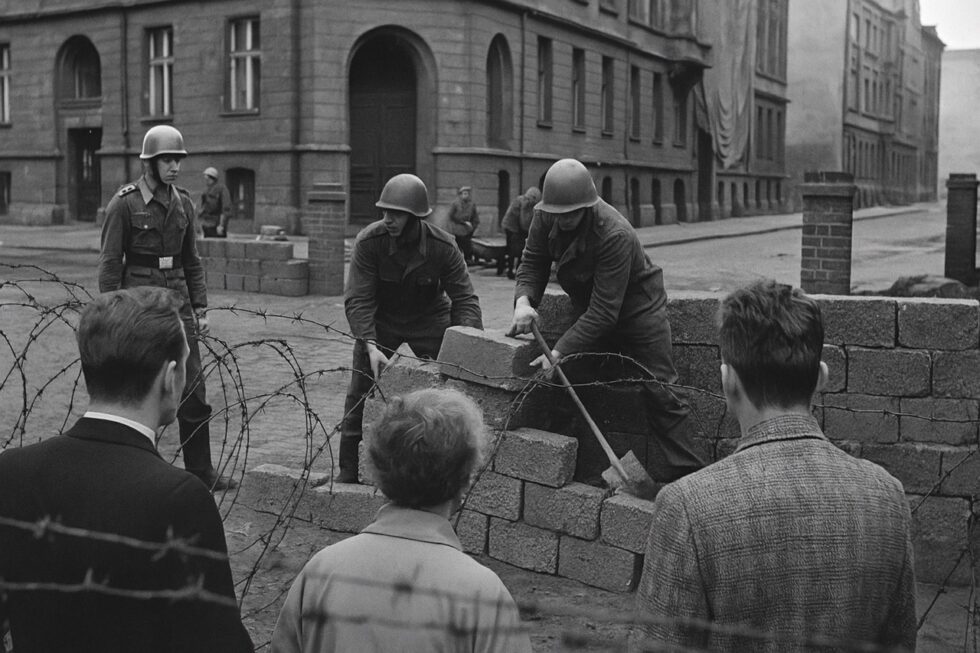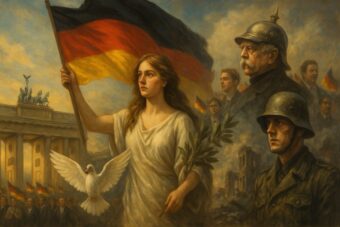Why did the construction of the Berlin Wall begin on August 13, 1961, and how did it change Germany

On August 13, 1961, one of the most decisive chapters in Germany’s post-war history began: the construction of the Berlin Wall. Early in the morning, units of the People’s Police, factory combat groups, and the National People’s Army sealed off the sector borders between East and West Berlin. Roads were torn up, rail connections were cut, rolls of barbed wire were uncoiled. Overnight, an open city became a divided metropolis, reports by G.business.
The background was the massive flight movement from the GDR. Between 1949 and the summer of 1961, over 2.7 million people had left the East—many of them through the comparatively porous Berlin border. For the SED leadership under Walter Ulbricht, this became an existential threat: skilled workers, academics, and young laborers were leaving in large numbers, undermining economic and political stability.
The decision to close the border was not made solely in East Berlin. Moscow played a central role. Nikita Khrushchev, then General Secretary of the Communist Party of the Soviet Union, approved the “physical securing of the border.” Ulbricht had publicly declared as late as June 1961: “No one has the intention of building a wall.” A statement that, only weeks later, would become one of the bitterest ironies in German history.
The first day of construction was hectic but organized. Soldiers and workers initially erected temporary barriers of barbed wire to prevent any spontaneous escapes. Within a few days, massive concrete walls followed. Families were torn apart, commuters lost their jobs overnight, friendships and relationships ended abruptly. The Western Allies lodged diplomatic protests but did not intervene militarily— the risk of escalation in the Cold War was too great.
In the years that followed, the Wall evolved into a heavily fortified border system with signal fences, minefields, watchtowers, and the “death strip.” Officially, the GDR called it an “anti-fascist protective wall,” but in reality it was a tool to suppress its own population. Between 1961 and 1989, at least 140 people died at the Berlin Wall while attempting to flee—the actual number may be higher.
Despite the repression, West and East developed into distinctly different societies. West Berlin became a symbol of freedom and Western lifestyle, while East Berlin remained the capital of a state that controlled and isolated its citizens. The Wall became a global symbol of division—not only of Germany, but of the entire world into two ideological blocs.
Thus, August 13, 1961, marks not only the beginning of a physical barrier but also the peak of German-German divisionin the Cold War. It was not until November 9, 1989, that the Wall fell—an event that came as suddenly and unexpectedly as its construction and heralded a new era in Europe.
Stay connected for news that works — timely, factual, and free from opinion — and insights that matter now: Why Jack Daniel’s Is Betting on Blackberry Whiskey – and What It Means for the Market
